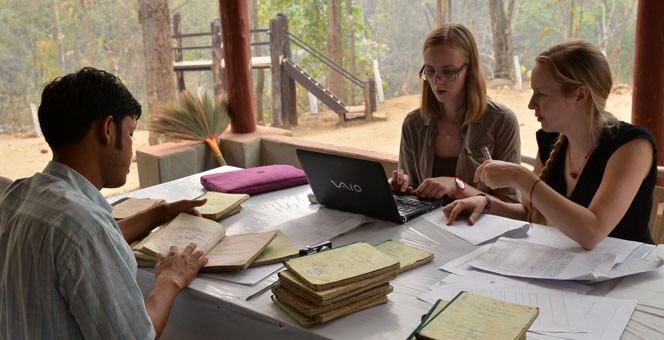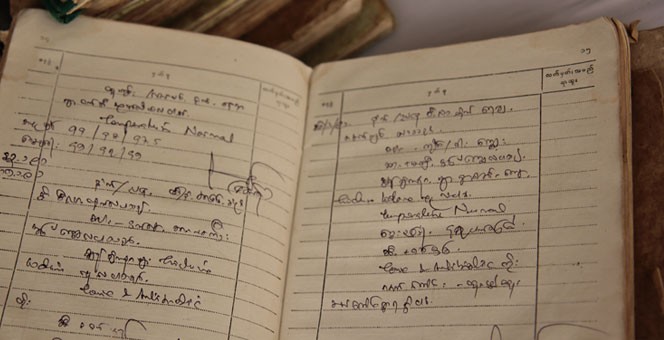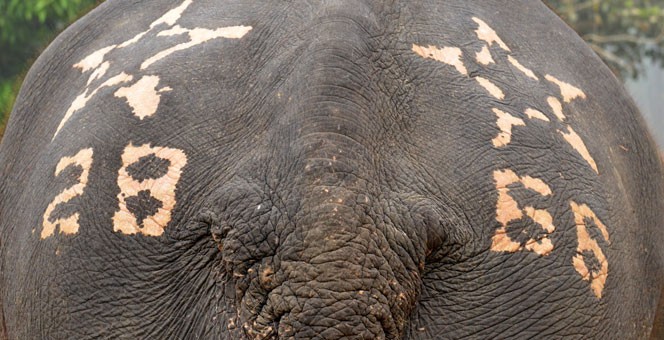Demography
Evolutionary demography of the Myanmar timber elephant population
Questions
How long do elephants live for, when and how quickly do they senesce, and why do they die? Which females are most fertile, and why are some better mothers than others? What are the causes of between-individual variation in these patterns? Have mortality and fertility rates of the Myanmar timber elephants changed in the last century? How do captive-born and wild-captured elephants contribute to population growth across their lifetime? How can we achieve a self-sustainable population?
How?
We utilise a unique extensive (>8500 individuals up to 5 generations) demographic dataset on timber elephants in Myanmar collected from elephant logbooks and annual extraction reports continuously archived and maintained by the Myanmar Timber Enterprise for the past century. Led by Dr Mar, we have built an individual-based dataset covering the full life-histories of successive generations of captive timber elephants born or captured throughout Myanmar from 1925 to the present. State ownership of thousands of elephants enables us to transfer data of all registered elephants from the logbooks to a database containing a chronology of the captive population. This database assigns a unique ID number to each elephant and records their sex; capture time and location if wild-captured; their birth date and maternal identity if captive-born; all reproductive events; their death dates including their cause of death. Logbooks also often contain measures of birth size and subsequent height, as well as data on workload. We hope to digitise these and the bi-monthly reports of each elephant’s health (vet inspection of working ability and lifelong record of any diseases, medical conditions or problems encountered and treated) to combine the vital rate data with changes in health across life. Such data for a long-lived natural population of animals is unique and even rare for humans.
Findings
- Accidents and failure to produce milk are the most common causes of death in elephants under five years of age, while a wasting condition related to nutrition and/or parasite infection is most common in older elephants. Of live-born calves, 10% die before their 1st birthday and 27% before their 5th birthday (read more here).
- Females reproduce for the first time at around 17 years age, and their fecundity peaks in their early 20s with declines thereafter without a clear menopause: the oldest captive-born and wild-caught mothers in the current dataset both reproduced in their late 60s. We have found that such age-specific fitness declines in females are driven by age-specific associations between fitness components: reproduction and survival are positively associated in early life in females, but negatively in later life with up to 71% of later-life survival declines associated with investing in the production of offspring (read more here).
- We are now working on how capture from the wild affects these age-specific survival and reproductive rates and their interactions. We already know that zoo elephants have considerably lower survival rates than the Myanmar timber elephants (read more here).


